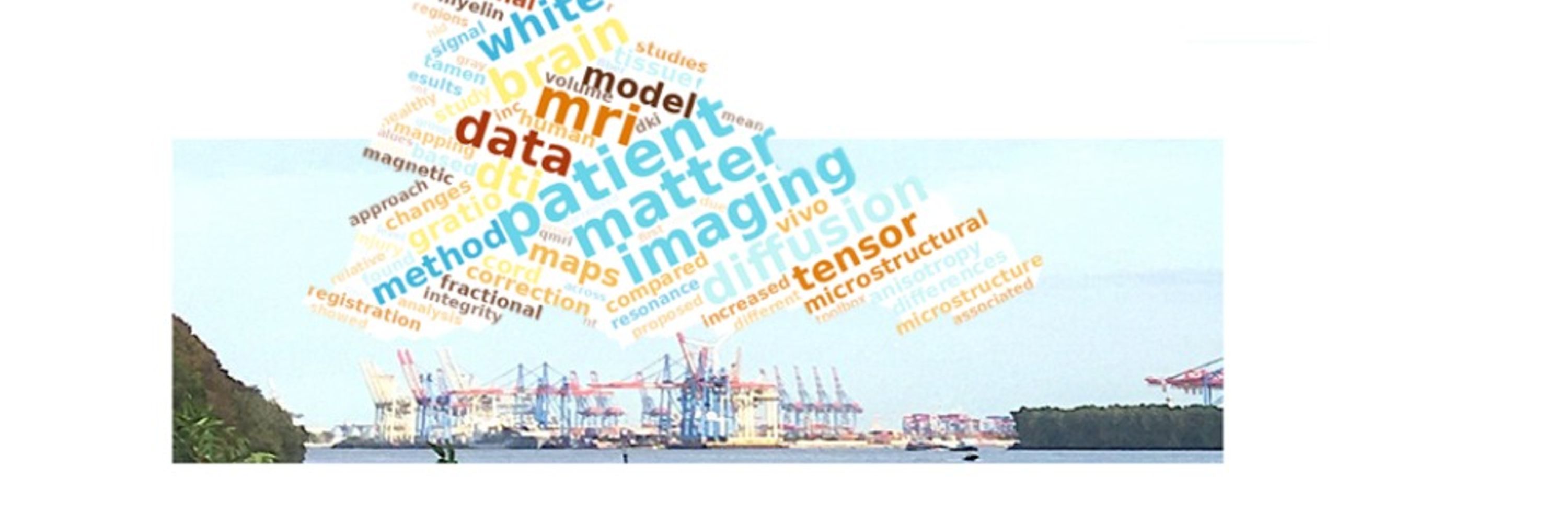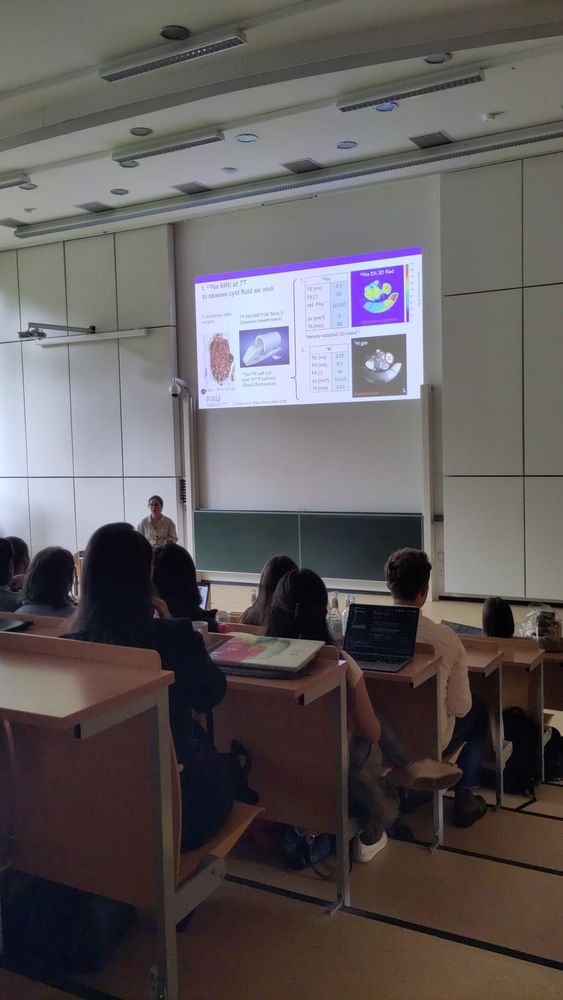Siawoosh Mohammadi
@siawooshmr.bsky.social
1.8K followers
610 following
85 posts
Physicist | MRI, biophysics, microstructure, in/ex vivo histology | Prof. @uniluebeck.bsky.social, PI @UKEhamburg, affiliated @lipmpib.bsky.social, @mpicbs.bsky.social | Views are my own
https://www.micromri.uni-luebeck.de/institut
Posts
Media
Videos
Starter Packs
Reposted by Siawoosh Mohammadi
Reposted by Siawoosh Mohammadi
Reposted by Siawoosh Mohammadi
Reposted by Siawoosh Mohammadi
Reposted by Siawoosh Mohammadi
Reposted by Siawoosh Mohammadi
Nico Schuck
@nicoschuck.bsky.social
· Sep 3
Reposted by Siawoosh Mohammadi
Reposted by Siawoosh Mohammadi
Reposted by Siawoosh Mohammadi
Reposted by Siawoosh Mohammadi
Philip Ruthig
@philipruthig.bsky.social
· Aug 21
Reposted by Siawoosh Mohammadi
Esther Kuehn
@estherkuehn.bsky.social
· Aug 11
DZNE research center
@dzne.science
· Aug 11

Layer-specific changes in sensory cortex across the lifespan in mice and humans - Nature Neuroscience
The principal layer architecture of the sensory cortex is altered with aging. The authors show that overall thinning of the primary somatosensory cortex is driven by deep layer degeneration but that l...
www.nature.com














